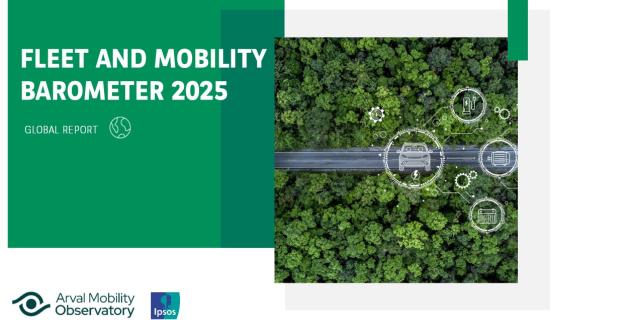Electric Vehicle charging: Where? When? How fast?
Paris, 6th of January 2020
Let's start with the obvious: range anxiety is real, and there is no need to be ashamed about it.
When Electric Vehicles began to reach a wider public awareness, people began to have concerns about their limited ranges, long charging times and a low number of available chargers.
In 2011, there were 7,018 public charging stations in Europe, and the median range of Battery Electric Vehicles was 117km. This warranted anxiety about anything more than a commuter trip. Range anxiety was justified.
How does this fear hold up today?
In 2018, there were 161,189 charging stations live across Europe – more than a twentyfold increase. In the U.S, the number of charging stations increased from 3,400 to over 61,000 today – a near-twentyfold increase in the same 7 years.
Range has increased, too. Modern EVs, even some budget versions, comfortably cross the 290km mark, with the premium cars reaching distances of 560km on a single charge – that’s sometimes more than their petrol-powered peers.
Even with the expanded range, charger availability is vital for the would-be EV users to be confident in the new technology.
Integrated navigation systems now show charging stations available as a matter of course. In addition, services like ZapMap, ChargeMap and PlugShare will show you hundreds of thousands of chargers dotted around the globe, with more coming online every day.
Most of these chargers are part of one or another network. Being a member of this network can grant you discounts, but pay-as-you-go tariffs are usually available.
The speed of a charge depends on the car and its battery. A low-power battery will not charge faster on a high-power charger.
3.7kWh chargers can charge a car in 6 to 12 hours. These are usually installed at home, but can also be found in office carparks, where employees can recharge over their workday.
Faster chargers, up to 22kW, can charge a vehicle to full in under 3 hours and are usually located near shopping centres and other leisure destinations.
Large urban areas, like London and Paris are the leaders of EV adoption, and thus they have a much larger concentration of EV chargers. Many urban chargers are usually lower on power, from 3kW to 22kW. City dwellers don't usually need a full battery to get to their next available charging destination, meaning these slower chargers are great for urban drivers.
A 2018 study by Transport & Environment says that EVs would have to take up over 5% of the car market to really start putting the public charging infrastructure through its paces, as most EV users charge at home, without overloading the public charger infrastructure.
Market leaders, like Norway, can struggle to supply enough chargers for the amount of EVs they have. Norway has over 200,000 EVs for around 12,000 chargers, which is 6% of the country total car market.
Of course, range anxiety usually kicks in on long, intercity stretches of road, and that is where rapid-charging comes in handy.
First introduced to the public by Tesla and their Superchargers, rapid chargers are now spaced some 113km apart, lining popular routes and providing anxiety-free long-distance travel.
A rapid charger outputs from 43 to 120kW, depending on the car, which will power up most EVs to 80% in just 20 to 30 minutes.
Across Europe, BMW, Daimler, Porsche and Ford have joined forces as Ionity to roll out a network of 400 ultra-fast charging stations, with power levels up to 350kWh.
In the U.S., a $2billion project, Electrify America, is adding 2,000 stations by the end of 2019.
More and more of these rapid chargers will sprout all around the world. These will enable a full-charge in about than the time it takes to get and pay for a cup of coffee.
EVs have come a long way in the last eight years. Today, it would be hard to get oneself stranded without a charge, thought many may still try.













